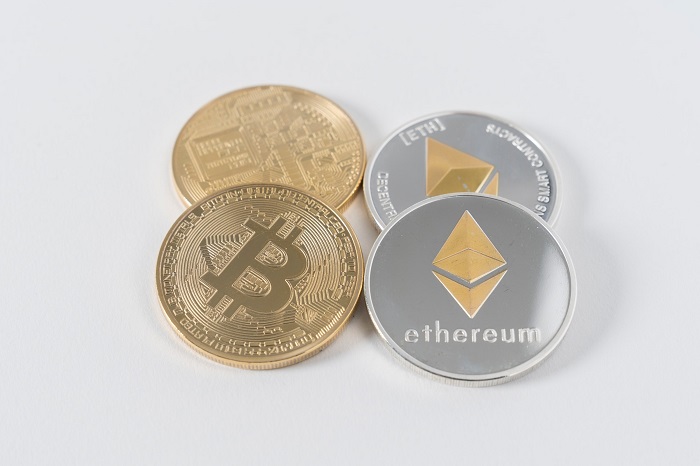Thanks to the massive surge in the prices and popularity of cryptocurrencies, the term “Blockchain Technology” sprinted into the limelight. Since cryptocurrencies exist based on Blockchain technology, everyone seems to be interested in it. In this article, we will look into what it is, its uses, and its prospects.
The Definition
Also known as Distributed Ledger Technology or DLT, Blockchain Technology is concerned with creating a digital database to store information, making it almost impossible to alter the data, hack the system or cheat other users.
In other words, it is a decentralized, shared, and immutable online ledger consisting of multiple blocks attached. A block in this context is a combination of data, a unique nonce generated when it gets created and a unique 256-bit hash number added to the nonce. Each of the blocks stores information about a certain number of transactions, and when the storage inside the block runs out, it is added to the previously filled blocks, forming a chain system. Hence, the name “Blockchain.”
Whenever a new transaction gets added to the chain, it is automatically reflected in every participant’s ledger, making it impossible to change the data. As new blocks are constantly being added to the chain, the older records of transactions get stacked lower and lower, making it increasingly strenuous to tamper with the previously written data.
In terms of security, this technology guarantees a tight one, as is evident from the above statements.

Properties of Blockchain Technology:
- It provides a copy of the ledger to all participants, thereby maintaining transparency.
- A change one validated is permanent and highly armed against any fraudulent activities, making the change immutable.
- The identity of the participants, although stored securely, isn’t released in the public domain, providing complete privacy.
- All the transactions are time-stamped for verification purposes and uses a Smart Contract to speed up the transactions.

Types of Blockchain Networks:
There are mainly four types of Blockchain networks, namely:
- Public blockchain networks: A blockchain network where anyone can join and perform transactions is called a Public blockchain network. Almost all cryptocurrencies are based on this type of network.
- Private blockchain networks: A blockchain network governed and operated by an organization, controlling who can participate and those who can’t, is called a private blockchain network. Generally, only people within the organization can join their network.
- Permissioned blockchain networks: Although similar to a private blockchain network, it allows participation in transactions through an invitation or a permission to join.
- Consortium blockchains: The type of blockchain we get if we replace the word “organization” with “a pre-decided group of organizations” in the private blockchain network is a consortium blockchain network.

Uses of Blockchain
Since its development, blockchain has been in use extensively for a variety of purposes:
- Without a second thought, the chief usage of blockchain is in cryptocurrency. The rule is simple: if there is no blockchain, there is no crypto.
- Companies such as Walmart, Pfizer, AIG, and many more have adopted blockchain technology to record their transactions safely and immutably.
- Apart from transactions, IBM has developed the Food Trust blockchain, used to trace the journey of food products right from the initial stages of production to the consumer’s door. It will help to find out the source of outbreaks in the future caused due to contaminated foods.
- In Banking, the usage of Blockchains leads to fast transfer of funds, overtaking the drawbacks of conventional processing and off-days in this sector.
- Even in the healthcare sector, blockchain is being used to store patients’ data, only accessible to people holding a digital key, thereby guaranteeing privacy and security.
To sum it up, blockchain is a recent technology that has been put on stage faster than ever, owing to its extensive usage and promising prospects. With the increasing popularity of this technology, one thing for sure is that blockchain is here to stay and isn’t vanishing anytime soon: a statement of importance for those yet undecided whether to learn blockchain or not.
















